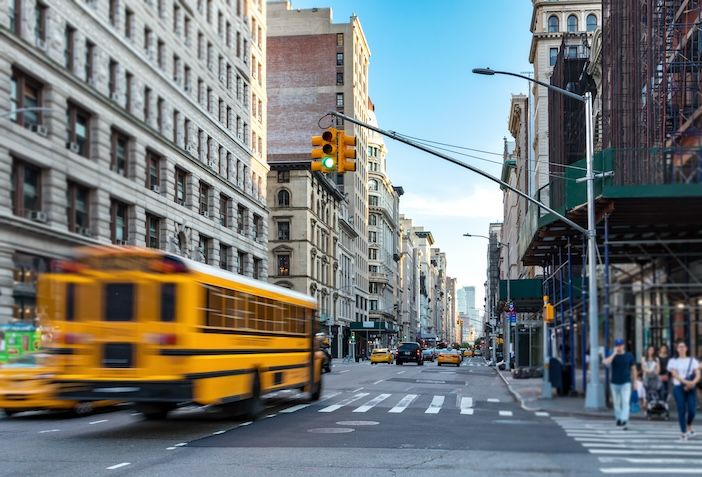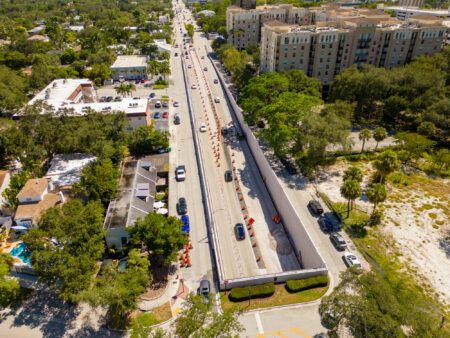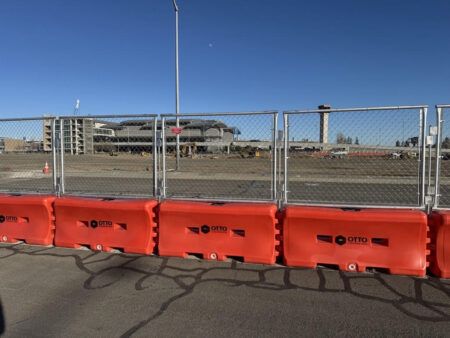Together for Safer Roads (TSR), a non-governmental organization dedicated to advancing road safety through cross-sector collaboration and technological innovation, has partnered with New York City independent school bus operator NYCSBUS, and innovative AI video telematics technology partner VisionTrack, to launch of the School Bus of the Future pilot program.
Building on TSR’s successful 2024 Truck of the Future program – which you can hear more about in an interview with TSR’s executive director Peter Goldwasser in the latest episode of the Transportation Podcast from TTi – the new pilot will outfit school buses with similar equipment — surround cameras, near-miss AI analysis and in-cab-alerts. However, the new pilot will see hardware and software adapted and specialized for school buses operating in urban scenarios, expanding the scope of both the types of tested vehicles and the environments that these safety technologies can be applied to.
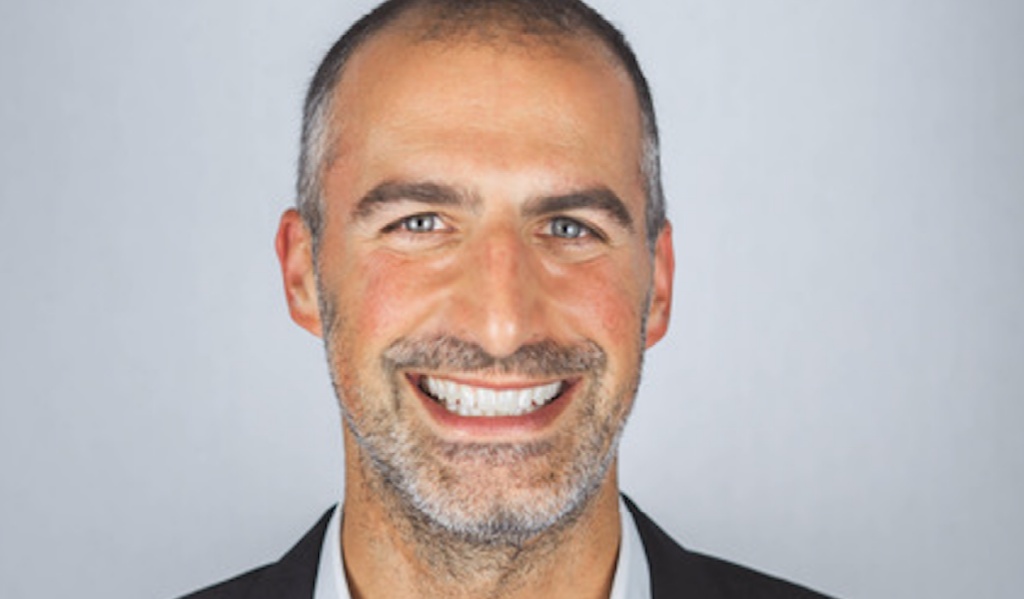
“Advanced technology and cross-sector collaboration can make roads safer for fleet drivers and vulnerable road users — the results from the Truck of the Future program have proven that,” says Goldwasser. “The School Bus of the Future pilot will apply technology, training and lessons learned from previous program pilots to demonstrate that improved school bus safety is possible right now.”
TSR’s original Truck of the Future program sought to address the issue of blind zones in commercial trucks by installing vulnerable road user (VRU) detection systems on fleet vehicles, providing drivers with enhanced visibility and real-time feedback on potential near misses.
The VRU technology, developed by TSR member VisionTrack, utilized AI-powered cameras to detect pedestrians, bicyclists and motorcyclists around the vehicle and was installed on trucks from the NYC Department of Environmental Protection, NYC Parks and an AB InBev’s subsidiary in Mexico City.
“The School Bus of the Future pilot will be on the leading-edge of school bus safety,” notes Matthew Ison, VP of sales at VisionTrack. “We are proud to partner and offer our expertise and technology to help keep New York City’s school children safe.”
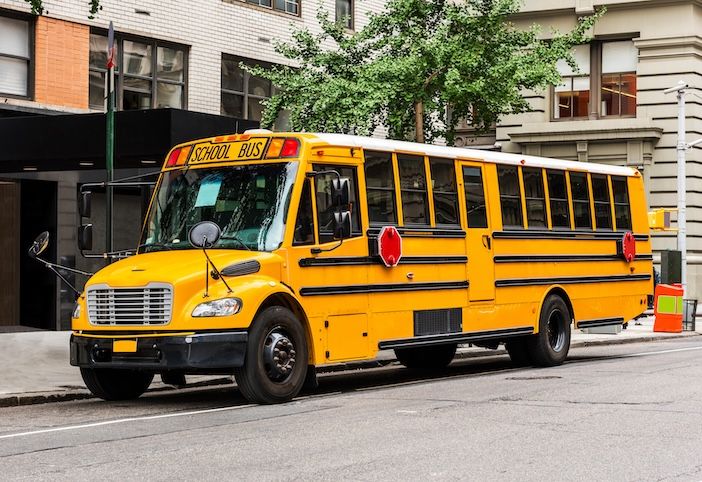
“Pilots like this have profound implications for school bus safety. By addressing blind zones and enhancing driver visibility, these measures can reduce the risk of incidents involving school buses,” says Matt Berlin, CEO of NYCSBUS. “The School Bus of the Future’s success could pave the way for the further understanding and widespread adoption of these types of technologies, setting new standards and continual improvement and testing of technologies and vehicle design for school bus safety nationwide.”
“In 2024, NYC DCAS and New York City Public Schools published the first School Bus Safe Fleet Transition Plan, helping to keep our students safe, and making New York City the first city in the nation to use ISA technology on its school buses,” says Keith Kerman, NYC chief fleet officer and deputy commissioner, DCAS. “The School Bus of the Future pilot is an important next phase of this work, and we are pleased to see this pilot unfold.”
During the School Bus of the Future pilot program, TSR, NYCSBUS, and additional partners will evaluate speeding, harsh driving, VRU alerting, and video triggers to determine how these integrated systems are enhancing road safety. The program will also include managers and driver surveys to assess their view of the technology, any additional distractions created, and how best to roll out these systems in a high pedestrian and micromobility urban environments.


